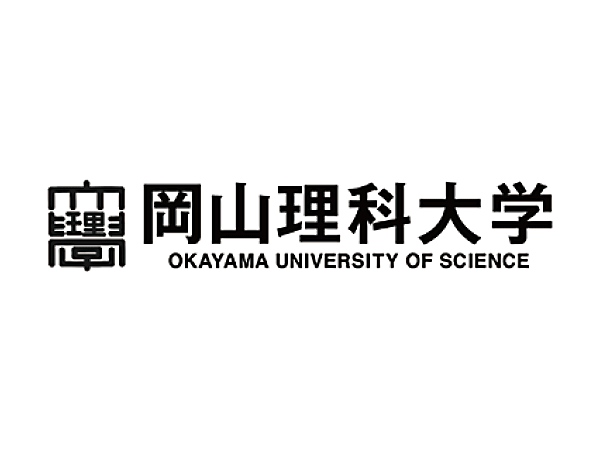Science Castle 2023 Chugoku-Shikoku Conference
| Event Name | Science Castle 2023 Chugoku-Shikoku Conference |
|---|---|
| schedule | Saturday, December 23, 2023, 9:30-18:00 |
| Location | Okayama Campus, Okayama University of Science (Reception: C1 Bldg. 7F, Main Venue: C1 Bldg. 8F, Poster Venue: A1 B1F) Access |
The manual will be updated as needed.
If there are major changes, though, we will contact you by email,
Minor corrections will not be communicated, so please check by yourself.
Update Information
Published: Nov. 16, 2023
11/28/2023 Additional screening items added.
2023/12/08 Update multiple items
Visitors wanted!
The conference is open to middle and high school students, middle and high school teachers, researchers, business people, and the general public for tours.Advance application is required.will be.
All co-researchers and faculty members other than the presenting principal investigator must also apply in advance.
To register, you will need to register your LIVERNESS ID.
What is LIVERNESS ID?https://id.lne.st/whatis
New registration for Liverness IDhttps://id.lne.st/pre_regist
Download Abstracts
The abstract book for the 2023 Chugoku and Shikoku Annual Meeting can be downloaded here.
Please use this information not only at the time of the hearing, but also in your research activities for the following year.
Oral Presentation
O-01
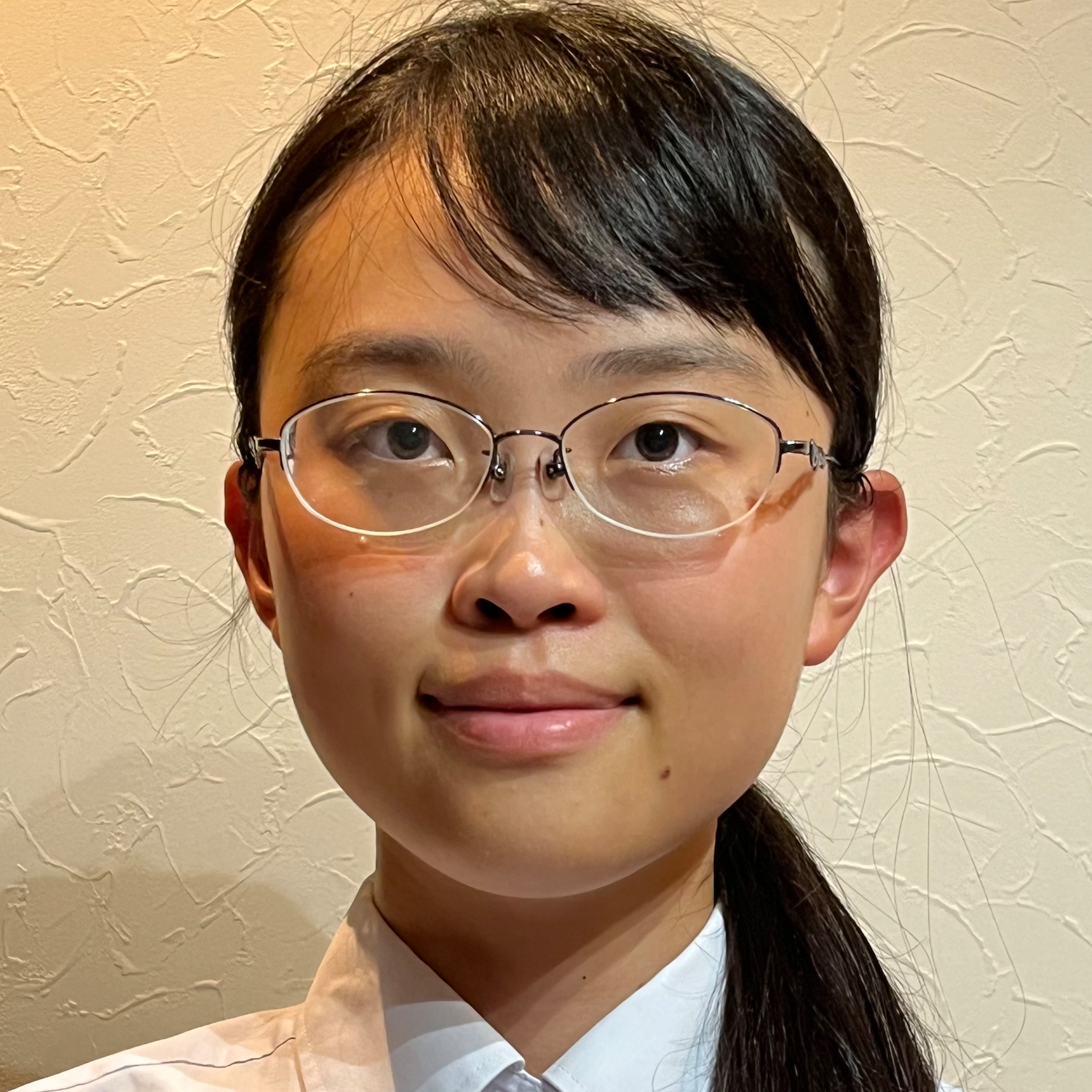
Koiki Hiraiwa (Okayama Gakugeikan High School)
Eelgrass Soy Sauce - Potential of a Seaweed Called Jamamo
O-02
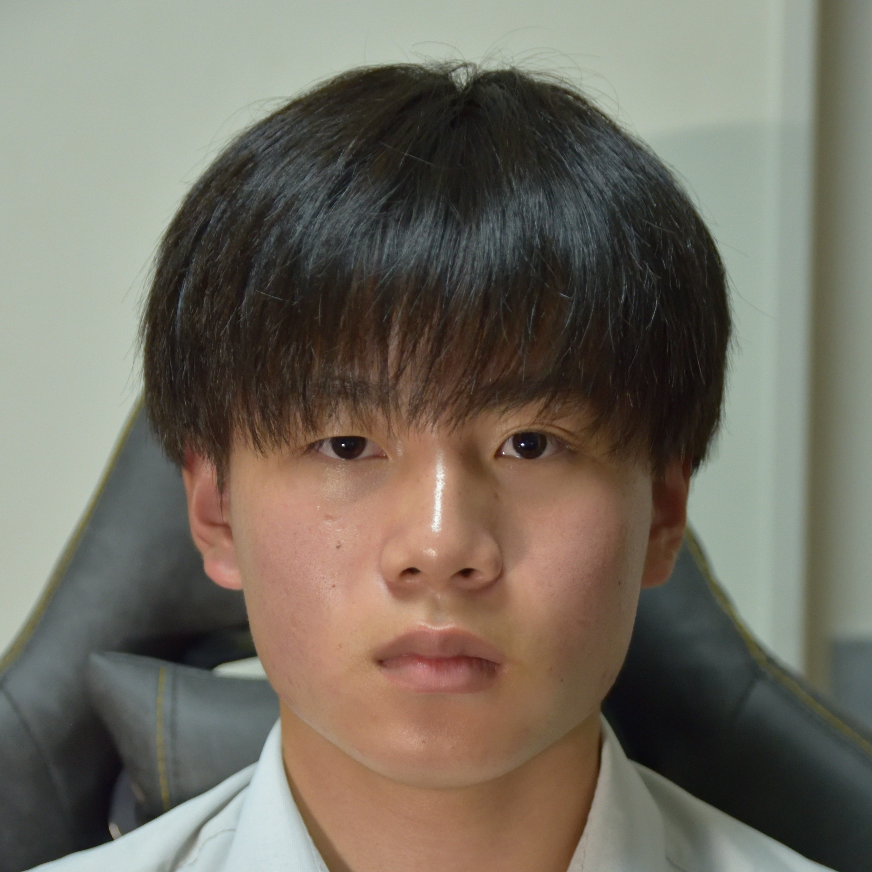
Daichi Ishihara (Okayama Prefectural Kurashiki Amagi High School)
Relationship between volcanic activity and lunar age at Sakurajima
O-03
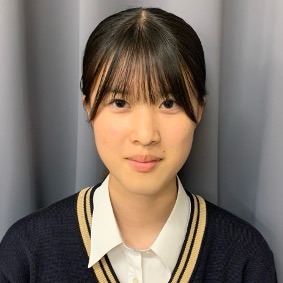
Maaya Matsumoto (Okayama Prefectural Tamano High School)
Development of hybrid rocket using marine debris as solid fuel
O-04
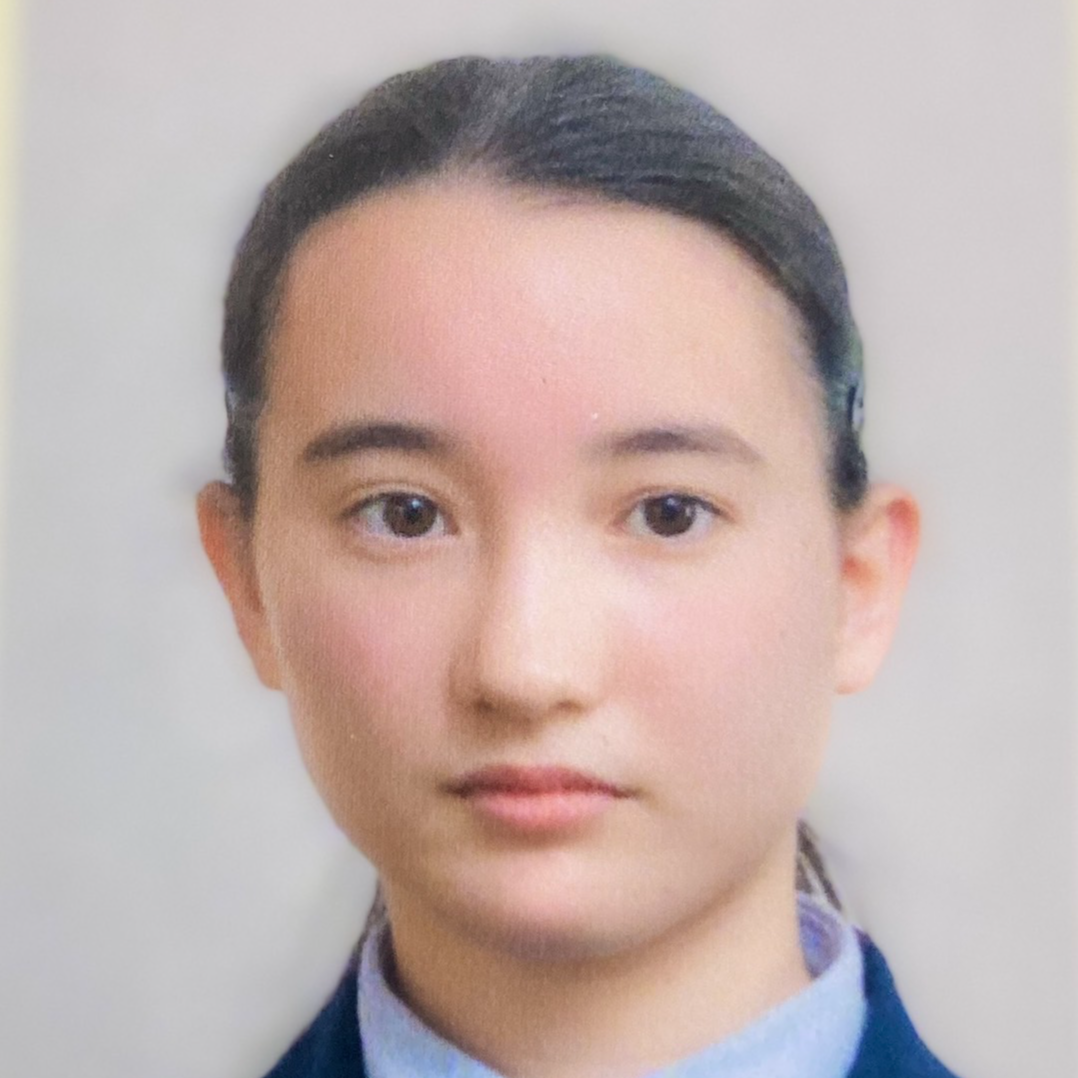
Strettfield Rosa Nowa (Takagawa Gakuen Junior High School)
Relationship between morphological variation and distribution as revealed by habitat surveys of leatherback turtles.
O-05

Kinori Nishida (Okayama Kozan High School)
Creation and provision of personal self-help devices using 3D printers
O-06

Miku Kadota (Ehime University Senior High School)
Degradation treatment of plastic waste using intestinal bacteria of mealworms
O-07
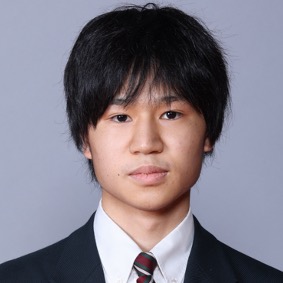
Hiiragi Sei Kodera (Okayama University of Science Senior High School)
Where do you do it? - The psychology of the men's restroom
O-08
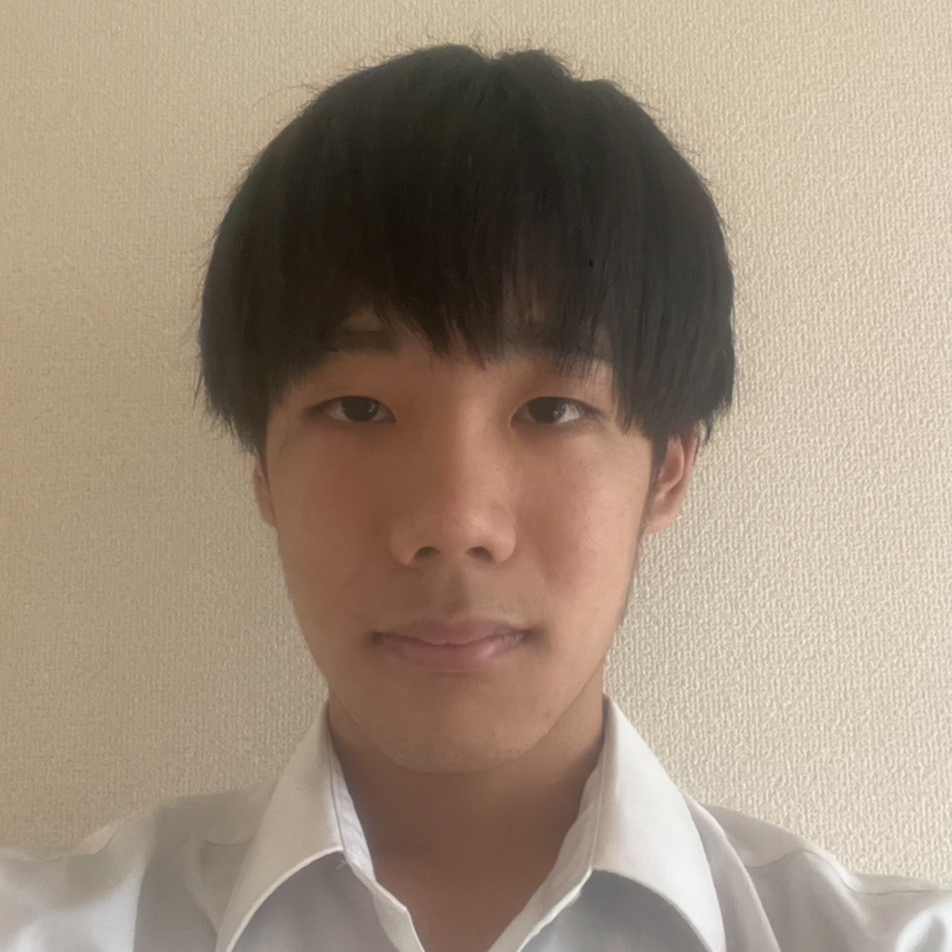
Keita Yonemura (Ariake National College of Technology)
Derivation of dissonance considering tonality
O-09
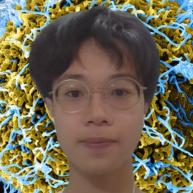
Kouei Naito (AICJ High School)
In silico characterization of non-mammalian filoviruses
O-10
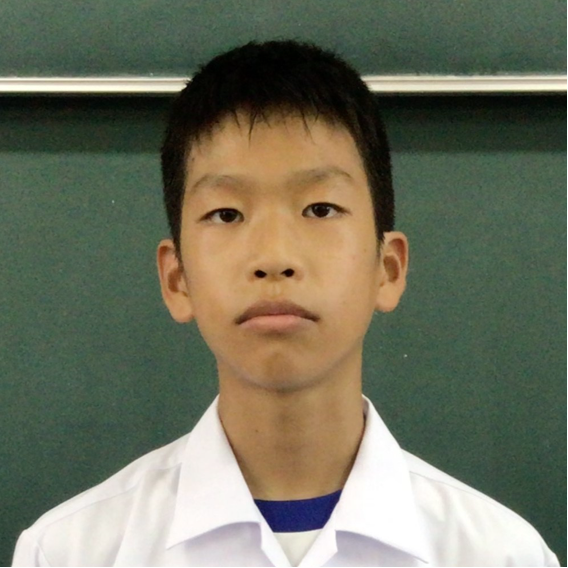
Sanshiro Nakamura (Hofu Municipal Kokufu Junior High School)
Yamaguchi Prefecture's Drifted Garbage Survey - Protect horseshoe crabs and squeaking sand from plastic garbage.
O-11
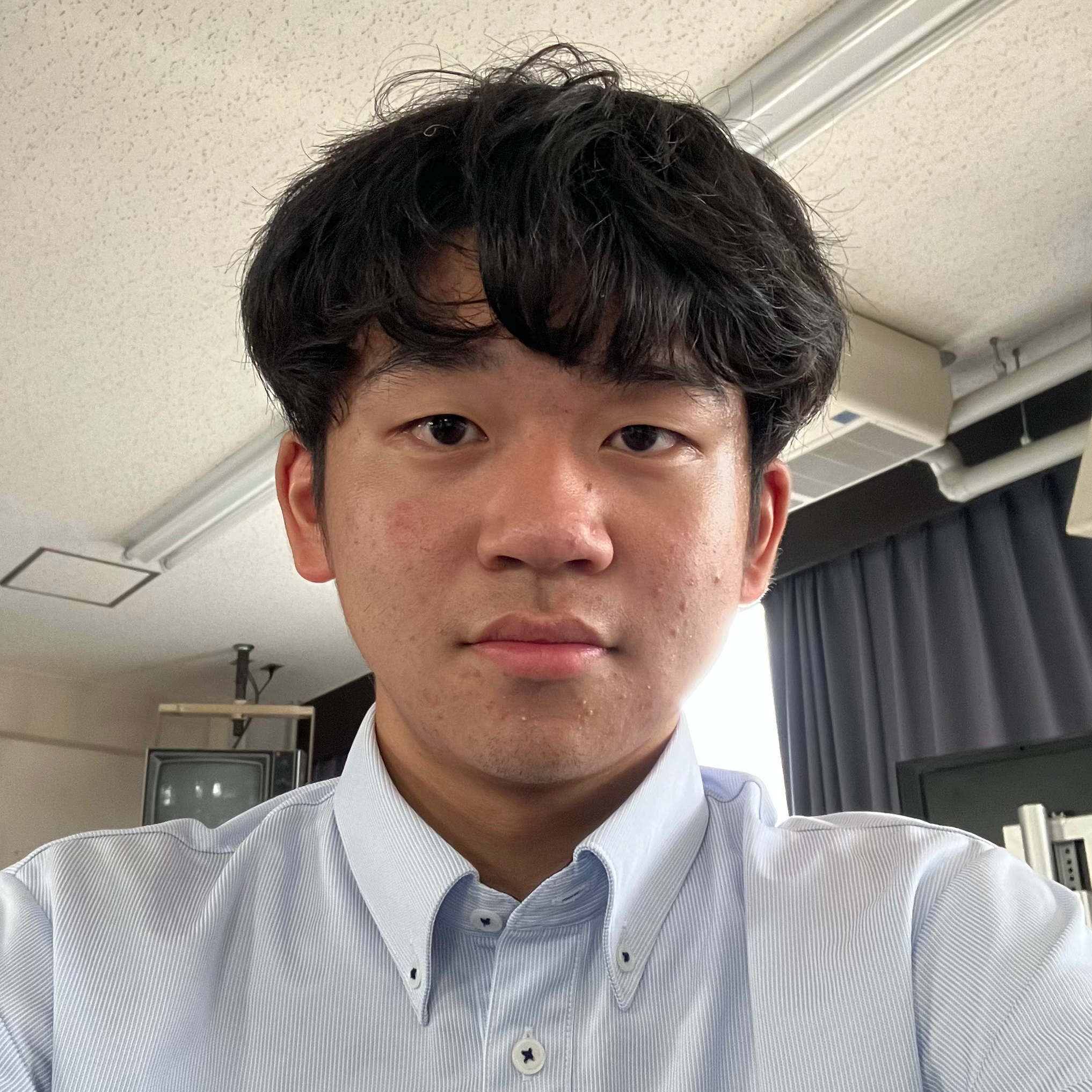
Yoshinaga Nohito (Okayama Prefectural Tamano High School)
Research and development of ships and propulsion systems using permanent magnets
O-12
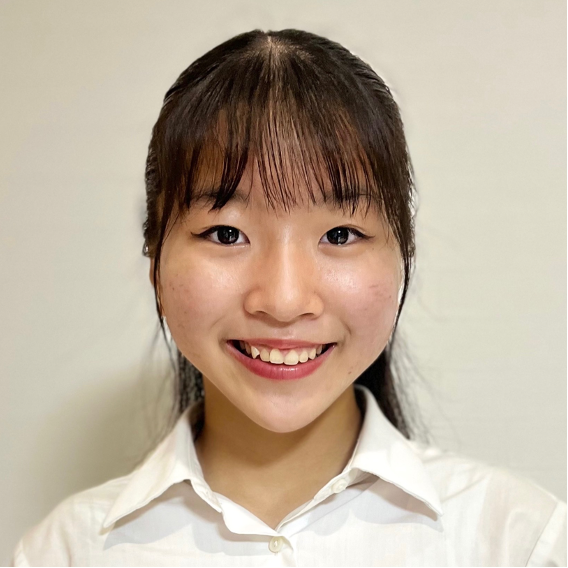
Sakiho Fujiwara (Okayama Kozan High School)
Developing a communication tool for Mr. K - chatting with all the people.
Schedule for the day
| Venue | Main Venue (Bldg. C1, 8th floor) |
Poster Room (B1F, Bldg. A1) | Planning venue |
| 9:00 | inauguration | inauguration | – |
| 9:30 | opening ceremony (Opening remarks and introduction of partners) |
||
| 9:50 | keynote speech | ||
| 10:20 | <Oral Presentation Introduction of Oral Presentation Judges Oral Presentations O-01 to 04 Oral Presentations O-05 to 08 Oral Presentations O-09-12 |
||
| 13:20 | lunch break | ||
| 14:00 | Poster Presentations (first half, odd numbers) | ||
| 15:00 | Poster Presentations (second half, even numbers) | ||
| 16:00 | Booth Exhibit and Poster Free Exchange | special project | |
| 17:00 | Awards Ceremony and Closing Ceremony | ||
| 18:00 | end |
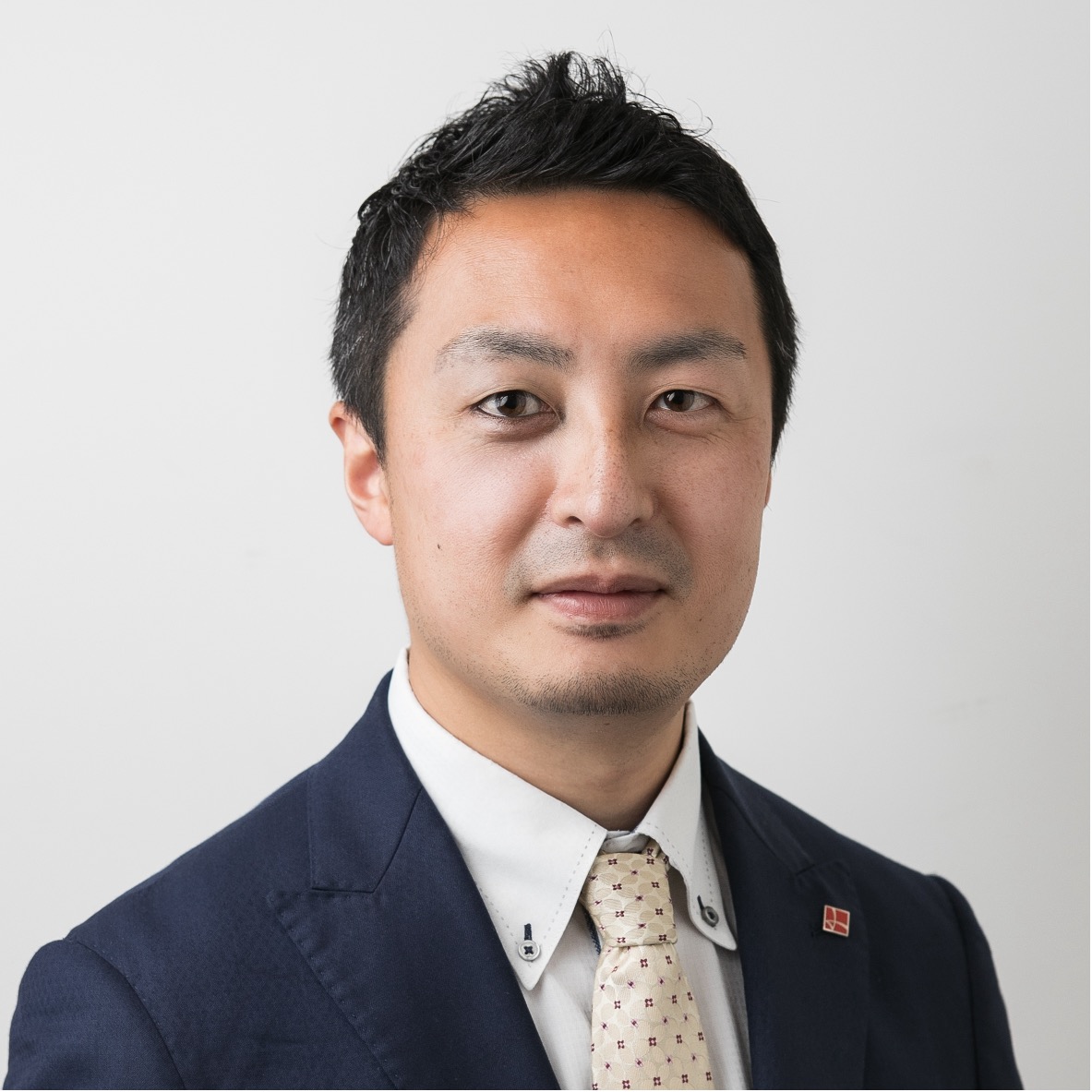
Shuhei Tsukada (Head of Jury)
Doctor of Agriculture
Executive Officer, LIVERNESS Co.
D. in Applied Biotechnology, Graduate School of Agricultural and Life Sciences, The University of Tokyo. D. in Agriculture. Participated in the management of LIBERNESS since 2003, when the company was in its early stages of establishment. After accumulating practical experience in experimental classes and various types of writing, developed and introduced advanced technologies in the agri-field, and launched a project to build an ecosystem for regional startups. He is committed to technology and business development in collaboration with major and medium-sized companies, venture companies, and researchers with a hands-on approach.
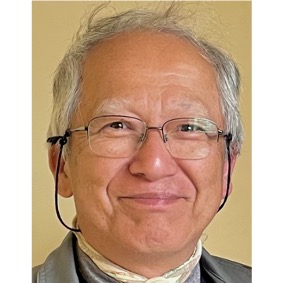
Shinobu Ishigaki
Doctor of Science
Director, Dinosaur Museum, Okayama University of Science
Adjunct Professor, Center for Paleontology and Geochronology
Born in Wakayama Prefecture in 1954. After graduating from university, he continued his research while working as a high school teacher. 27 years old, he was transferred to Morocco, North Africa, where dinosaur research became his job. After returning to Japan, he started an academic education venture with his colleagues. The new museum project they created was accepted by a company in Okayama that was enthusiastic about mecenat activities, and they were involved in the launch of the Hayashibara Museum of Natural Science. At the same time, he started a joint dinosaur research project with the Mongolian Academy of Sciences. After serving as the director of the museum, he became a professor at Okayama University of Science, which took over the research project when the museum closed (2015), and continued the joint dinosaur research in Mongolia. He became the director of the museum. Specializes in dinosaur behavior. Geology and museology. His publications include "Dinosaurs of Morocco" and "Walking with Dinosaurs.
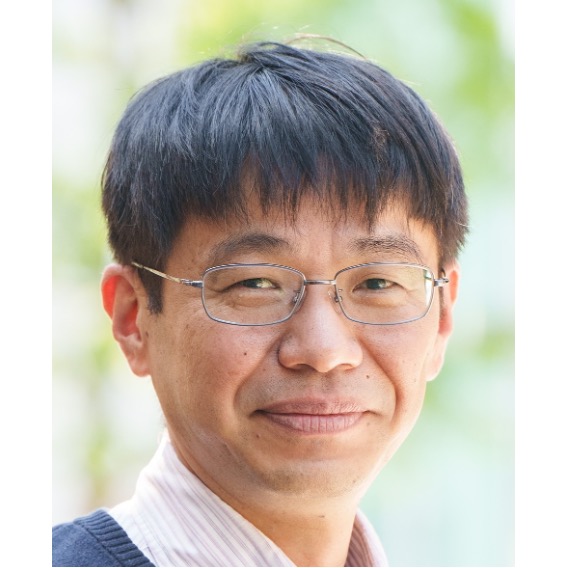
Yuki Sudo
Doctor of Pharmacy
Professor, Faculty of Medicine, Dentistry and Pharmaceutical Sciences, Okayama University
D. in Pharmaceutical Sciences from the Graduate School of Pharmaceutical Sciences at Hokkaido University in 2000 (during this period, he was a special research student at the Graduate School of Bioscience and Biotechnology, Nara Institute of Science and Technology (NAIST) from 2002 to 2003), and a postdoctoral fellow at the Graduate School of Engineering, Nagoya Institute of Technology and the University of Texas at Houston from 2005, He has been a professor at the Graduate School of Biomedical Sciences, Okayama University (now the Graduate School of Biomedical Sciences) since 2014. He has been consistently engaged in research on "Light to Drugs! research using the photoreceptor protein rhodopsin.
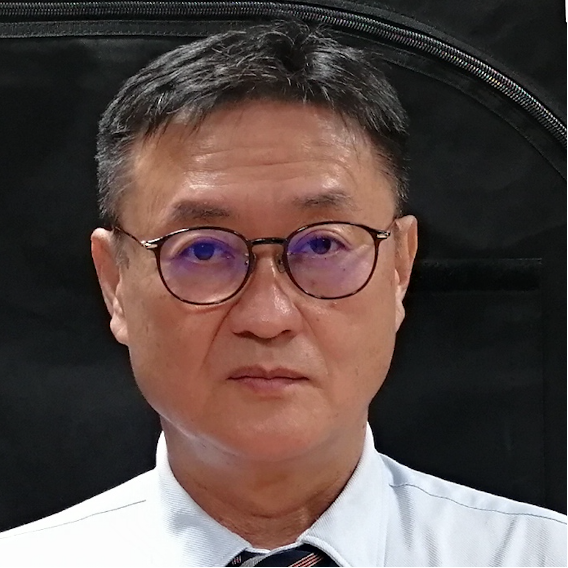
Hiroshi Kajiyama
Doctor of Science
Professor, Department of Nanomaterials Engineering, Faculty of Science and Technology, Tokushima Bunri University
After working at Hitachi, Ltd., the Institute of Industrial Science, the University of Tokyo, and the Graduate School of Hiroshima University, he joined the Faculty of Science and Technology at Tokushima Bunri University in 2012 (Vice President, Dean of the Graduate School of Engineering, and Dean of the Faculty of Science and Technology. D. in Science). He specializes in surface physics and photophysical properties engineering. Realizing that plant growth and secondary metabolite production can be controlled with dark light that is less than one millionth of sunlight, he started research on highly efficient cultivation technology for leafy greens, fruit trees, seaweed, and microalgae. Aiming for social implementation of this technology, he established Agri Blue Inc. in 2020. The company is promoting applications in horticulture, plant factories, solar sharing, and marine resource recovery.
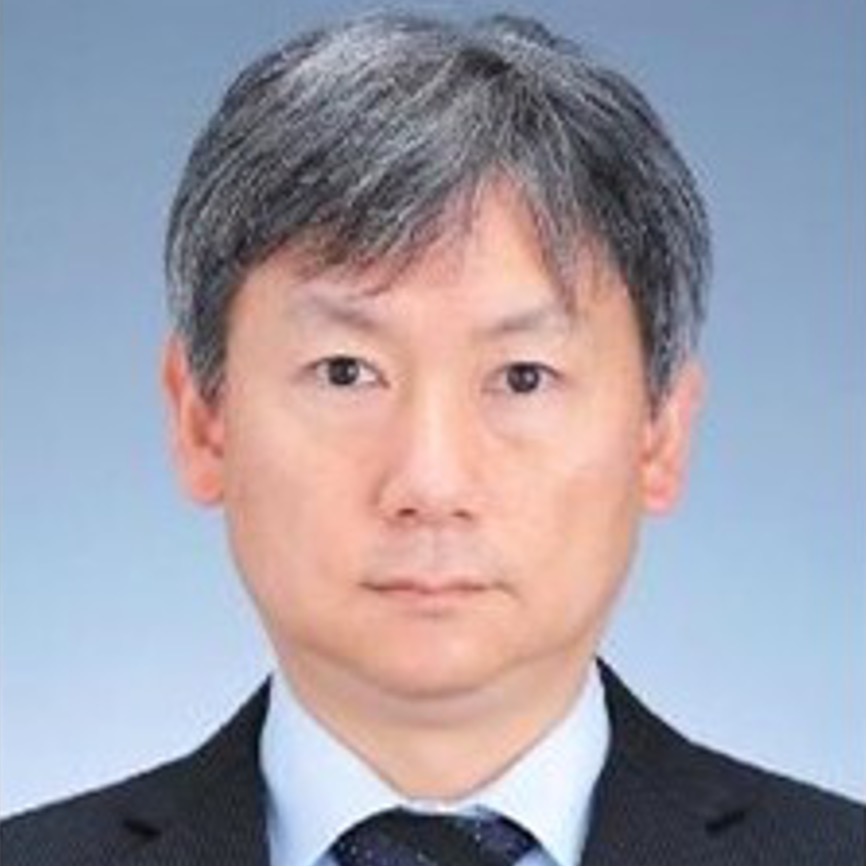
Masanori Koga
Doctor of Engineering
Associate Professor, Department of Smart Systems, Faculty of Engineering, Fukuyama University
In 1998, he graduated from the Department of Mechanical Engineering, Faculty of Engineering, Kobe University, and joined the Central Research Laboratory, Hitachi, Ltd. in the same year. 2007, he completed his doctoral studies at the Graduate School of Kobe University, where he worked as a researcher for the promotion of scientific arts. He then worked as a researcher at the Hyogo Prefectural Industrial Technology Center before assuming his current position in 2011. Currently, he is engaged in research on robot production and control and intelligent robotics. In 2012, he established the Laboratory of Somatic Robotics to research swarm robots and cooperative swarm behavior, and to improve sensing devices. He aims to put these robots to practical use in various applications, including rescue operations during disasters.
| No. | subject of an address | Principal Investigator's Name | belong to |
| O-01 | Eelgrass Soy Sauce - Potential of a Seaweed Called Jamamo | Koi Hiraiwa | Okayama Gakugeikan High School |
| O-02 | Relationship between volcanic activity and lunar age at Sakurajima | Daichi Ishihara | Okayama Prefectural Kurashiki Amagi High School |
| O-03 | Development of hybrid rocket using marine debris as solid fuel | Maaya Matsumoto | Okayama Prefectural Tamano High School |
| O-04 | Relationship between morphological variation and distribution as revealed by habitat surveys of leatherback turtles. | Stretchfield Rosa No Wa | Takagawa Gakuen Junior High School |
| O-05 | Creation and provision of personal self-help devices using 3D printers | Kiori Nishida | Okayama Kozan High School |
| O-06 | Search for plastic degrading and capitalizing bacteria from the gut bacteria of plastic-eating mealworms. | Kadota, Mirai | Ehime University Senior High School |
| O-07 | Where do you do it? - The psychology of the men's restroom | Hijinari Kodera | Okayama University of Science High School |
| O-08 | Derivation of dissonance considering tonality | Keita Yonemura | Ariake National College of Technology |
| O-09 | In silico characterization of non-mammalian filoviruses | Kouei Naito | AICJ High School |
| O-10 | Yamaguchi Prefecture's Drifted Garbage Survey - Protect horseshoe crabs and squeaking sand from plastic garbage. | Sanshiro Nakamura | Hofu Municipal Kokufu Junior High School |
| O-11 | Research and development of ships and propulsion systems using permanent magnets | Yoshinaga, Nohito | Okayama Prefectural Tamano High School |
| O-12 | Developing a communication tool for Mr. K - chatting with all the people. | Sakiho Fujiwara | Okayama Kosan High School |
| P-01 | Anytime, anywhere, with anyone! Disaster Prevention Materials for Fun Learning | Kuroyama Saori | Wakayama National College of Technology |
| P-02 | Operation to repel wild boars by utilizing whole papayas | Momoka Horita | Hiroshima Prefectural Saijo Agricultural High School |
| P-03 | Creating a card game about heredity | Yukina Yokogawa | Okayama Kyozan Junior High School |
| P-04 | About Allelopathy | Akari Fujimura | Junior High School Attached to Okayama University of Science |
| P-05 | Aiming for effective use of jasmine components | Fumika Kubo | Notre Dame Seishin Girls High School |
| P-06 | How does a brainless creature sleep? | Hiiraizumi Kawachi | Seishin Girls' High School |
| P-07 | Role of worker ants in a population | Naoko Hashimoto | Seishin Junior High School |
| P-08 | Does the slime mold have a memory? | Ryo Fukutani | Yamaguchi Prefectural Tokuyama High School |
| P-09 | Flying Fish and Biomimetics | Sakuta Yamagami | Okayama Gakugeikan High School |
| P-10 | Reduction of Nitrate Ion Concentration by Bamboo and Change in Soil Environment | Hina Yoshii | Seishin Girls' High School |
| P-11 | Why do we eat kumquats with their peels? | Shinmi Masuno | Hiroshima Prefectural Saijo Agricultural High School |
| P-12 | Aiming to establish a recycling-oriented agriculture of paddy rice and mushroom cultivation | Hinata Inoue | Hiroshima Prefectural Saijo Agricultural High School |
| P-13 | Effective utilization of unutilized parts of the plant Turmeric, beets, papayas | Sakiki Yaoi | Hiroshima Prefectural Saijo Agricultural High School |
| P-14 | Effect of arrow feather length on hit rate | Haruya Matsushita | Okayama Ichinomiya High School |
| P-15 | Wind generated inside the umbrella | Sota Nakajima | Okayama Ichinomiya High School |
| P-16 | Variation of the amplitude of the three pendulums | Haruka Wakabayashi | Okayama Ichinomiya High School |
| P-17 | Relationship between weakly alkaline cleanser and skin pH | Tadakai Wada | Okayama Ichinomiya High School |
| P-18 | Effective ways to help you stay awake during the day | Yuki Fujiwara | Okayama Ichinomiya High School |
| P-19 | Safe coloring in the bathroom environment | Miori Takagi | Okayama Ichinomiya High School |
| P-20 | Changes in Learning Effectiveness in Pair Work Relationships | Tanaka Ryouha | Okayama Ichinomiya High School |
| P-21 | Development of adsorbents for water purification using LCNF | Akagi Yumeai | Okayama Ichinomiya High School |
| P-22 | Do certain numbers appear regularly when the decimal portion of √2 is separated by certain delimiters? | lotus-shaped pedestal for a gravel separating the inner and outer layers of a building | Okayama Ichinomiya High School |
| P-23 | Suppon's geographical recognition ability -Where are you going? There you go -Suppon's roadside knee-jerk reaction | Osamu Yamamura | Seikogakuen High School |
| P-24 | Measuring the hemostatic effect of familiar plants | Yuka Hayase | Seishin Girls' High School |
| P-25 | Seeking plants that restore inflammation in dermal fibroblasts | Hanon Watanabe | Seishin Girls' High School |
| P-26 | Establishment of a fun and educational method of teaching programming | Yuta Nakayama | Okayama Ichinomiya High School |
| P-27 | Relationship between distance, number of transfers, and time required for rail travel | Camphor Miyake | Okayama Prefectural Kurashiki Amagi Junior High School |
| P-28 | Relationship between desk organization status and stress | Yuuki Yuri | Okayama Prefectural Kurashiki Amagi Junior High School |
| P-29 | Relationship between depth of volcanic ash accumulation and slipperiness when walking | Matsumoto, Sorane | Okayama Prefectural Kurashiki Amagi Junior High School |
| P-30 | Drying and Destruction of Paste | Seida Sunamoto | Okayama Prefectural Kurashiki Amagi Junior High School |
| P-31 | Suggestion of a mechanism to slow down passersby | Mitsuoka Aika | Okayama Prefectural Kurashiki Amagi Junior High School |
| P-32 | Germination inhibition and growth inhibition effects of coumarin in different varieties | KODERA Mihiru | Okayama Prefectural Kurashiki Amagi Junior High School |
| P-33 | What does the ease of producing a single face in a quasi-regular polyhedron have to do with it? | Sazuki Suehira | Okayama Prefectural Kurashiki Amagi Junior High School |
| P-34 | Investigating the change in tomato mass as a function of the particle size of red ball soil. | Intelligent Tanaka | Okayama Prefectural Kurashiki Amagi Junior High School |
| P-35 | The Sunshade Effect of Fractal Shapes | Shiyuta Hiragami | Okayama Prefectural Kurashiki Amagi Junior High School |
| P-36 | Body color change by squid chromatophores | Reiwa Nozaki | Okayama Gakugeikan High School |
| P-37 | Enzyme levels of proteolytic enzymes in apples and their relationship to site | Riri Sakamoto | Okayama Prefectural Kurashiki Amagi Junior High School |
| P-38 | Aiming to Revive Eelgrass Forests - Reexamination of Eelgrass Cultivation | Teramoto, Souku | Okayama Prefectural Kurashiki Amagi Junior High School |
| P-39 | Hey, Do You Really Like the Color Pink? -Pink Grasshopper Research | Masayoshi Morioka | Junior High School Attached to Okayama University of Science |
| P-40 | Proposal to make it easier for people with physical disabilities to vote | Mirei Tsuchiya | Okayama Prefectural Kurashiki Amagi Junior High School |
| P-41 | Change in sugar content of mini-tomatoes due to salt | Issho Yamamoto | Okayama Prefectural Kurashiki Amagi Junior High School |
| P-42 | Microbial fuel cell - Bacillus natto, Lactobacillus acidophilus, Koji mold | Shinshun Matsui | Amagi Junior High School, Kurashiki, Okayama |
| P-43 | Specificity of oxalic acid in the reduction of potassium dichromate | Ryoichiro Tasushi | Okayama Prefectural Kurashiki Amagi High School |
| P-44 | Creation of an educational card game on heredity | Kanamu Miyake | Okayama Kyozan Junior High School |
| P-45 | Development of a standing wheelchair using a link structure | Yuichiro Iwato | Okayama Kyozan Junior High School |
| P-46 | How much food a beetle larva eats until it becomes an adult | Qin Kenshou | Junior High School Attached to Okayama Prefectural University of Science |
| P-47 | The Riddle of Hime-sama's Perfume - About the Himegis' Territory | Rekei Morioka | Notre Dame Gakuen Seishin Junior High School |
| P-48 | Antimicrobial activity of essential oils against bathroom mold | Yuna Matsuura | Okayama Prefectural Kurashiki Amagi Junior High School |
| P-49 | Behavioral studies of the coiled mussel, Mytilus galloprovincialis, on its preferred site in Yonago Bay, Japan. | Kei Yamashita | Okayama Gakugeikan High School |
| P-50 | Toward the Realization of a Maritime City | Hiroshi Harada | Okayama Gakugeikan High School |
| P-51 | Air chamber processing experiment to improve efficiency of wave power generation | Yuichi Mori | Okayama Gakugeikan High School |
| P-52 | Propose supporters that can be reproduced by anyone. | Aina Ino | Okayama Kyozan Junior High School |
| P-53 | Marine Debris Collector - Aiming to Reduce Microplastics | Hattori winter plumage | Okayama Gakugeikan High School |
| P-54 | Comparison of plant-based lactic acid bacteria | Yuna Takeda | Okayama Prefectural Tamashima High School |
| P-55 | Reaction analysis of redox reactions using methylene blue | Nanami Hashida | Sakuragaoka High School |
| P-56 | Preparation of culture media for mass production of wax esters | Yuna Maki | Seishin Girls' High School |
| P-57 | Development of protocols to develop true leaves of eelgrass | Ririka Naono | Okayama Gakugeikan High School |
| P-58 | Development of α-Fe2O3 as a photocatalyst that emits only water and oxygen | bird's-eye primrose (Primula farinosa subsp. modesta) | Niihama National College of Technology |
| P-59 | Nutrient concentrations and arable land area in the Seto Inland Sea | Atsuya Tsuruno | Okayama Gakugeikan High School |
| P-60 | Improvement of soundproofing of temporary housing by air layer of double-walled cypress | Itoshima, Itoichi | Okayama Prefectural Kurashiki Amagi Junior High School |
| P-61 | Development and simulation of a joint delivery system | Eita Takubo | Okayama Kyozan Junior High School |
| P-62 | Supporters reduce the burden of farm work | Haruka Miyake | Okayama Kyozan Junior High School |
| P-63 | Microbial rhodopsin coloration in marine bacteria. | Jisai Hiroe | Ehime University Senior High School |
| P-64 | Creating a self-help device to make egg rice with one hand. | Miyuko Nakahara | Okayama Kyozan Junior High School |
| P-65 | Commercialization and sales of NUOUS | Miura Himei | Okayama Kyozan Junior High School |
| P-66 | Research on the development of technology to improve coloration of red grapes post-harvest | Ichida Sari | Okayama Prefectural Takamatsu Agricultural High School |
| P-67 | Toward Effective Regeneration of Cells - Characteristics of Planaria in Electric Fields -. | Siberian lily (Lilium pensylvanicum) | Shinwa High School |
| P-68 | Product packaging triggers willingness to buy | Reimi Kanazawa | Okayama Prefectural Ichinomiya High School |

keynote speech
Difference between "saw" and "noticed."
Mr. Shinobu Ishigaki
Director, Dinosaur Museum, Okayama University of Science
Adjunct Professor, Center for Paleontology and Geochronology
Many skeletons have been found in Mongolia, one of the world's leading producers of dinosaurs. However, no dinosaur footprint fossils had been found. One day, a footprint fossil was found by chance, and everyone was surprised at the unexpected state of production. At that time, everyone's eyes changed and they thought, "There is such a state of production. Then, they realized that there were numerous footprint fossils on the surface of strata they had been casually looking at. Discovering a new way of looking at things is one of the great things about science. This is one of the great things about science.
<プロフィール>
Born in Wakayama Prefecture in 1954. After graduating from university, he continued his research while working as a high school teacher. 27 years old, he was transferred to Morocco, North Africa, where dinosaur research became his job. After returning to Japan, he started an academic education venture with his colleagues. The new museum project they created was accepted by a company in Okayama that was enthusiastic about mecenat activities, and they were involved in the launch of the Hayashibara Museum of Natural Science. At the same time, he started a joint dinosaur research project with the Mongolian Academy of Sciences. After serving as the director of the museum, he became a professor at Okayama University of Science, which took over the research project when the museum closed (2015), and continued the joint dinosaur research in Mongolia. He became the director of the museum. Specializes in dinosaur behavior. Geology and museology. His publications include "Dinosaurs of Morocco" and "Walking with Dinosaurs.
Tour planning for junior high and high school students
Okayama University of Science Laboratory Tour
Partner: Okayama University of Science
Let's take a peek into a live university laboratory, which you cannot normally see at an open campus or on-campus tour. Let's experience what it is like to be a university student by observing actual laboratories and asking questions to the professors. ... You might even get to hear from some of the university students' seniors.
Applications will be accepted on a first-come, first-served basis from those who register in advance. If seats are still available, participants may join on the day of the event.
| course (route, trail, course of action, course of study, plan) | Contents |
| Courses in Science (Zoology) Laboratory of Animal Resources and Laboratory of Animal Reproductive Physiology where you can learn zoology. |
The Animal Resources Laboratory investigates various biological characteristics such as genetics, morphology, physiology, reproduction, and nutrition of small mammals and other wild-derived captive animals through their lineage preservation. The Animal Reproductive Physiology Laboratory investigates endocrine dynamics, their regulatory mechanisms, and the relationship between hormones and behavior in laboratory and zoo animals.
Reference URL:https://www.zool-ous-official.com/research |
| Courses in the Faculty of Engineering (Department of Applied Chemistry) Green Chemistry Laboratory where organic chemistry can be studied. |
We conduct research in organic chemistry to efficiently synthesize materials and medicines that support society. Our daily research includes the development of environmentally friendly reactions that utilize clean light energy, which is also related to the Sustainable Development Goals (SDGs), flexible synthesis technologies that create different compounds in different work processes, and the development of materials with excellent properties.
Reference URL:http://www.dac.ous.ac.jp/laboratory |
| Information Science and Technology Course Game Engineering Laboratory where games can be learned. |
I was involved in the development of home video games in a corporate setting. The focus of my research is to get people interested in programming through games and fun, and I deal with a wide range of different aspects related to programming. On the day of the event, I will present a network game that is made up of things learned in lectures, an application that overlays questions and raised hands on the lecture screen, and a program learning application for beginning programmers.
Reference URL:https://www.ise.ous.ac.jp/laboratory/t-oyama.html |
| Life Sciences Courses Micro- and Nano-Physiology Laboratory where bioengineering can be studied. |
This is a laboratory in the field of bioengineering. We also elucidate physiological functions of early mouse embryos and other embryos. In the field of reproductive engineering, we are elucidating sperm motility function and developing fertilized egg culture devices. In the field of bioinstrumentation engineering, we are developing cell separation devices based on the microfluidic principle and attempting to modify cell functions by combining nanomaterials. We are also developing composite materials and material processing systems suitable for cell culture.
Reference URL:https://www.life.ous.ac.jp/staff/staff-833/ |
| Biogeography Course Animal Natural History Laboratory where turtles can be studied. |
I study the natural history of sea turtles and freshwater turtles. Especially in sea turtles, their feeding habits Research is being conducted in the field in Okinawa and Kagoshima. Freshwater turtles are currently a problem. The genetic penetrance between leatherback and Japanese pond turtle, and why adult female Japanese pond turtle juveniles are We are studying how they attack and so on. Recently, we have been studying snapping turtles and giant salamanders to Some students who are Reference URL:https://kamelab.net/ |
List of Booth Projects
Booth exhibits of the following projects will be held at the poster venue.

B-01: Genetic Cafe® - Genetic Awareness Project (supported by Chugoku Bank)
The Chugoku Bank, Ltd.
Have you ever thought about heredity? In recent years, we are entering an era in which knowledge of genetic information can be used for disease prevention and treatment. In this booth, we will introduce the efforts of Genetic Cafe®, which organizes events and lectures to provide an opportunity for people to become familiar with genetics and genome medicine.
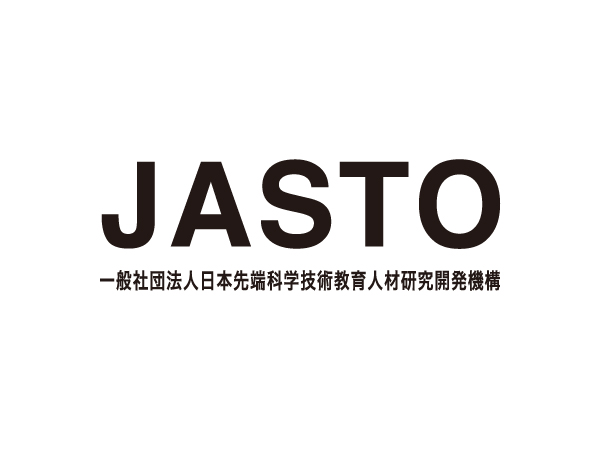
B-02: Challenge yourself to research the ocean and aquatic environment with the Marine Challenge Program!
Japan Advanced Science and Technology Education and Human Resources Research and Development Organization
The Marine Challenge Program supports junior and senior high school students who want to challenge themselves in all kinds of research related to the ocean and aquatic environment. Both first-time researchers and those already conducting research are welcome! We will support your research with research funding and mentoring by research coaches. At this booth, we will offer advice on planning a research theme and introduce the Marine Challenge Program. Please let us know your interests in the ocean, such as biology, environment, manufacturing, marine debris, etc!
Organizing and planning
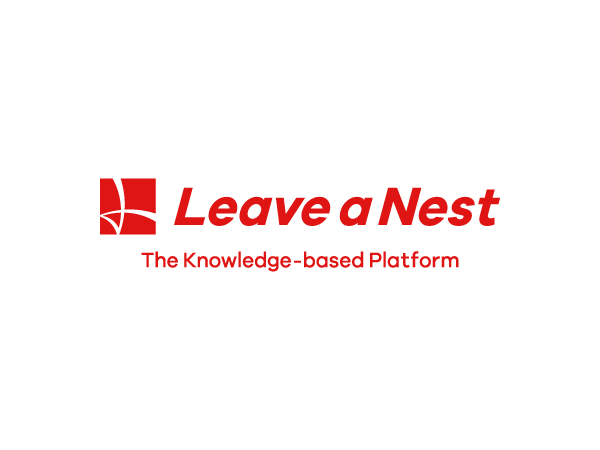


special co-sponsorship
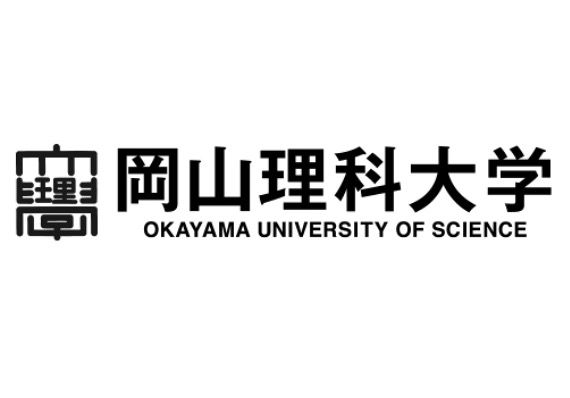
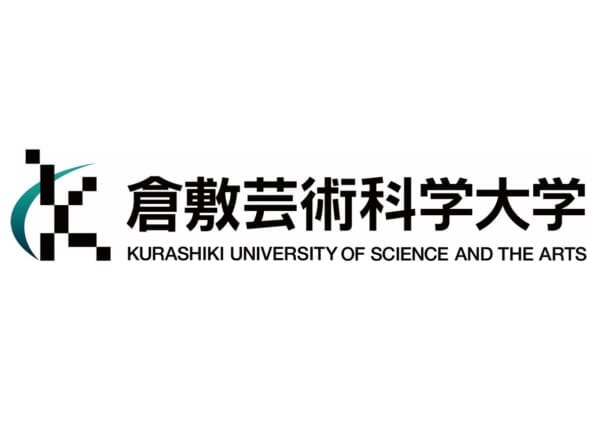
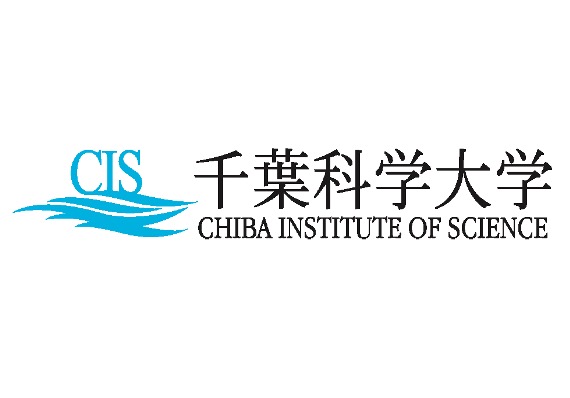
Partner



